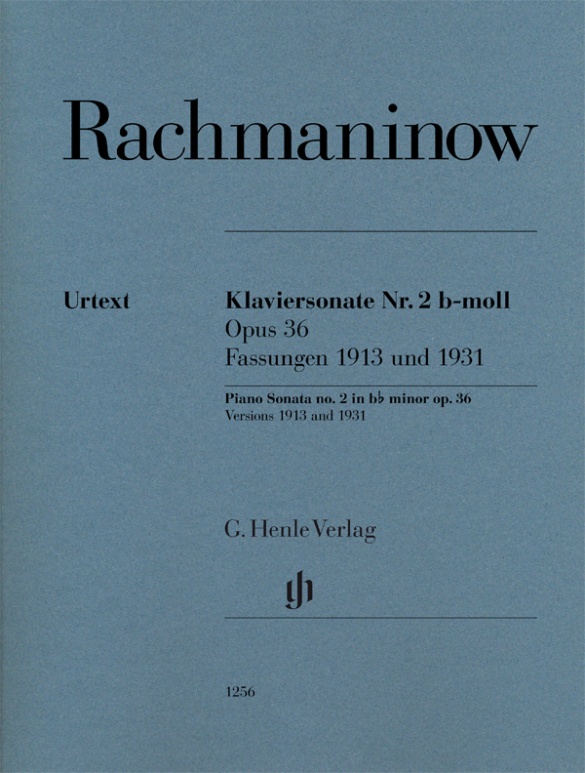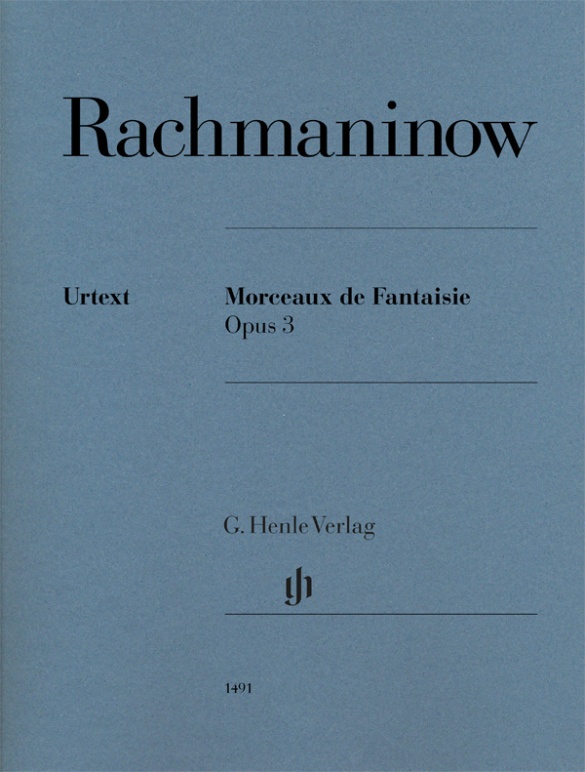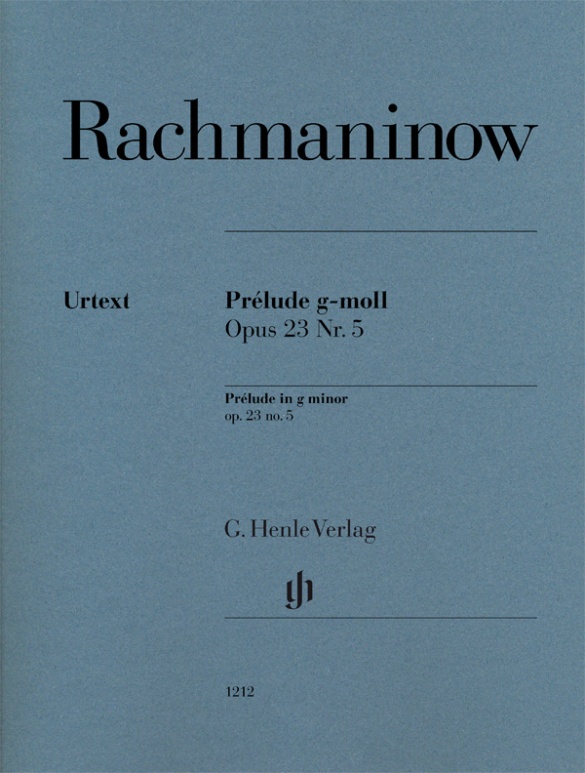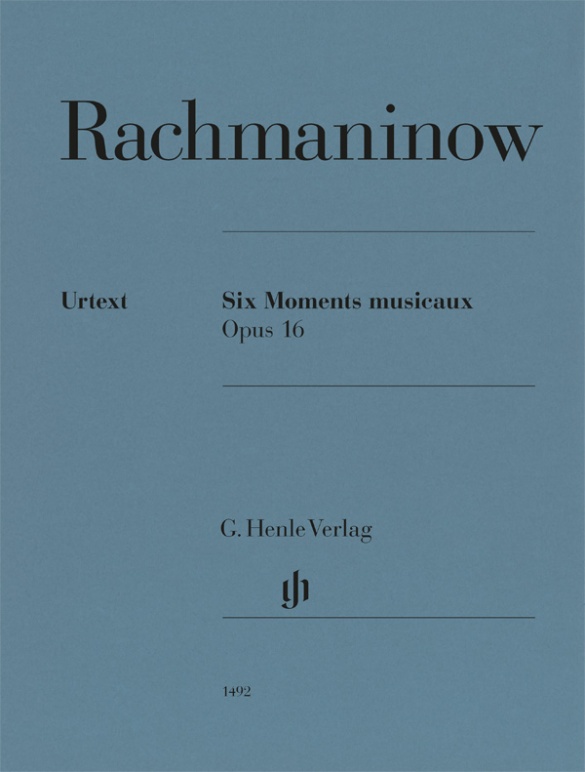Sergei Rachmaninoff
Piano Sonata no. 2 b flat minor op. 36, Versions 1913 and 1931
Finally, we are able to offer one of Rachmaninoff’s most important, most substantial piano works in a meticulous Urtext edition that does justice to the work and to the editorial difficulties it raises. Rachmaninoff was unhappy with the dense textures and the length of his Piano Sonata in b-flat minor, so almost 20 years after its composition and publication he made numerous cuts and “streamlined” it – though this has been criticised by pianists down to the present day. For this reason, it is mostly the first version that is played today – or even a mixture of the two versions such as Vladimir Horowitz used to perform (albeit with the permission of the composer). This Henle Urtext edition contains both versions by Rachmaninoff in their entirety and also takes into account the autograph in the Moscow Glinka Museum. As in all the Rachmaninoff editions in the catalogue of G. Henle Publishers, the fingerings here are by Marc-André Hamelin, one of the outstanding pianists of our time.Read more about this edition in the Henle Blog.
内容/詳細
作曲家について
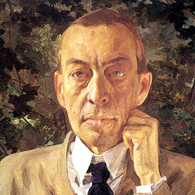
Sergej Rachmaninow
Composer and pianist who continued and expanded the late-Romantic tradition; he prepared the way for Prokofiev and Shostakovich. His oeuvre comprises orchestral works, piano pieces, choral works, several operas, and numerous songs.
| 1873 | Born in Semyonovo on April 1. From 1880 receives professional instruction in music. |
| 1885–92 | Studies music at the Moscow Conservatory. |
| 1890–92 | Piano Concerto No. 1 in F-sharp minor, Op. 1, with the diminished fourth in the main theme typical of his style. |
| 1892 | Successful performance of his one-act opera “Aleko” (a graduation work). Prelude in C-sharp minor for piano. |
| 1897 | Unsuccessful premiere of the Symphony No. 1, Op. 13 (with abrupt contrasts). First experiences as an opera conductor at Moscow’s Mamontov Theater. He becomes acquainted with Fyodor Shalyapin, later his friend. |
| 1900/01 | Composition of the Piano Concerto No. 2 in C minor, Op. 18, in a modified style (broad melodic arcs, transparent compositional style). |
| 1904–06 | Appointed conductor at the Bolshoi Theater in Moscow. |
| 1906 | Premieres of the operas “The Miserly Knight,” Op. 24, and “Francesca da Rimini,” Op. 25. |
| 1907 | Symphony No. 2 in E minor, Op. 27, with whimsical figuration in the woodwinds; Piano Sonata No. 1 in D minor, Op. 28. |
| 1909 | Piano Concerto No. 3 in D minor, Op. 30; symphonic poem “The Isle of the Dead,” Op. 29 |
| from 1910 | More complex compositional technique (enhanced polyphony, ambiguous harmonies, fast rhythmic alterations) in Thirteen Preludes for piano, Op. 32; “Études-tableaux,” Op. 33 (1911); Fourteen Songs, Op. 34 (1910–16). |
| 1917 | Rachmaninoff leaves Russia and lives in Stockholm, Copenhagen, the United States (career as pianist), and Switzerland. |
| 1926/41 | Piano Concerto No. 4 in G minor, Op. 40. In 1935/36, Symphony No. 3 in A minor, Op. 44. |
| from 1939 | He emigrates permanently to the United States. |
| 1943 | Death in Beverly Hills on March 28. |
校訂者や運指担当者について

Dominik Rahmer (校訂)
Dr. Dominik Rahmer, born in 1971 in Mainz, studied musicology, philosophy and maths in Bonn. He did his Magister Artium in 1999 and his doctorate in 2006 with a thesis on the music criticism of Paul Dukas.
From 2001 to 2011 he was employed at Boosey & Hawkes/Bote & Bock in Berlin, where he also worked on the Critical Edition of the Works of Jacques Offenbach (OEK). Since 2011 he has been an editor at G. Henle Publishers in Munich, with a particular focus on French and Russian music and works for wind instruments.
.jpg)
Marc-André Hamelin (運指)
製品安全に関する情報

G. Henle Verlag
製品の製造元に関する情報はこちらでご覧いただけます。G. Henle Verlag
Forstenrieder Allee 122
81476 München
info@henle.de
www.henle.com
For anyone interested in playing, studying or getting to know the work, Dominik Rahmer’s brand new edition for Henle Verlag will be of profound interest. (...) It is left to the performer to decide how best to proceed, but with such a clear text direct Henle’s outstanding presentation of the notation, which is as ever well-spaced, clearly and beautifully engraved on cream paper already makes this new edition the one to own, but the addition of Hamelin’s fingering also adds considerable appeal, and will undoubtedly be highly valued by concert pianists following him in preparing this work for performance.
Pianodao, 2018Der interessierte Pianist steht freilich zunächst einmal vor der Frage, welche der beiden Fassungen für ihn die richtige ist. Da die neue Urtext-Ausgabe aus dem Hause Henle beide Fassungen beinhaltet, kann er sie bequem miteinander vergleichen. ... Die revidierte Ausgabe wurde auf der Grundlage der Erstausgabe von 1931 erstellt. Etwaige Korrekturen offensichtlicher Stichfehler durch den Herausgeber sind in den Einzelbemerkungen minutiös nachgewiesen.
Piano News, 2019Dominik Rahmer hat nun im Henle-Verlag beide Fassungen des Komponisten in einem Band veröffentlicht, und man kann somit bequem Takt für Takt die Unterschiede studieren. Das Notenbild ist – wie üblich bei Henle – selbst in der überladenen Erstfassung übersichtlich und gut lesbar. Die Fingersätze verraten den gewieften Praktiker und stammen von Marc-André Hamelin, der ja nicht nur dieses Repertoire bestens kennt.
Schweizer Musikzeitung, 2019おすすめ
autogenerated_cross_selling
このタイトルを含む他の版
このタイトルを含む他の版


